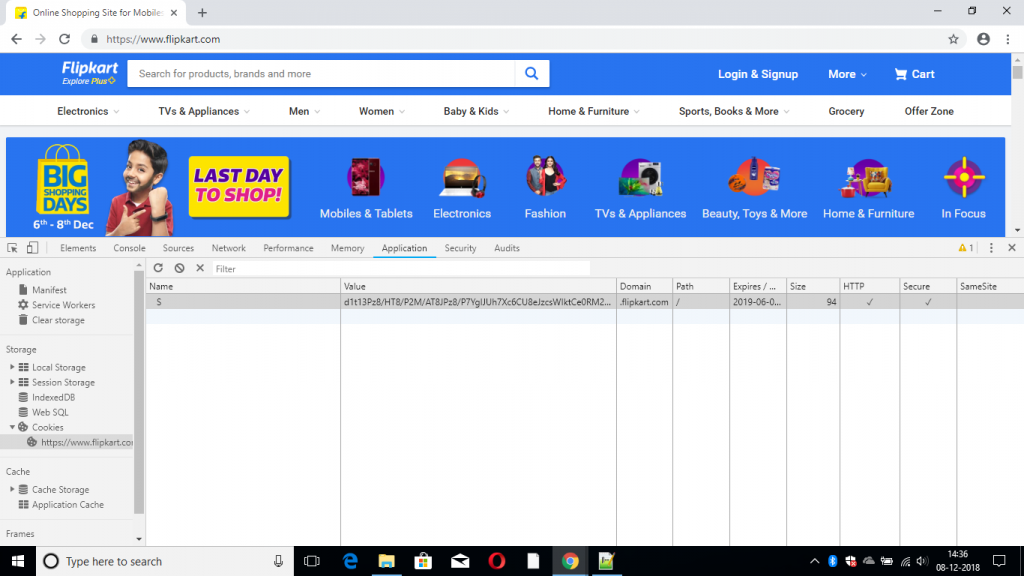when we are doing coding a project,their is a chance of misspelling the function name it will end up with an error function does not exists error php,so before calling a function you have to check if the function is already define or not,for we have simple php code to check if function exists or not here is the syntax
function_exists(FUNCTION_NAME_HERE); This will Return true if the function is defined
e.g
if(function_exists('new_func')){
//new_func is defined
new_func(); call that function
}
This function we can use at the time of defining a function,otherwise you will get an error message saying already the function “new_func” is defined
So for before all fucntion declare case you have to use function_exists(‘new_func’) fucntion to double confirm no where the function is define more than one times
see the error message here

if(!function_exists('new_func')){
function new_func()
{
echo "php code to check if function exists or not";
}
}
Out put
php code to check if function exists or not

